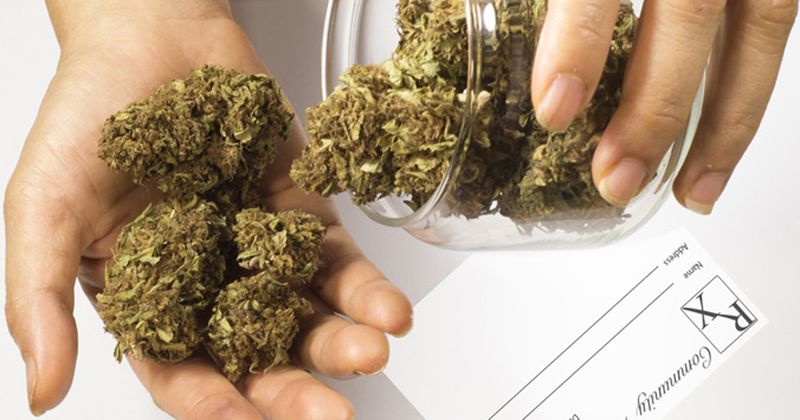Cannabis still lacks ‘real data’ to clarify role in rheumatology
While recreational use of medical cannabis is on the rise among patients with rheumatologic diseases, quality studies demonstrating its risks and benefits are lacking, according to a presenter at the 2020 Association of Women in Rheumatology National Conference.
Mary Ann Fitzcharles, MD, an associate professor of medicine in the division of rheumatology at McGill University in Montreal, Canada, described the clinical science investigating tetrahydrocannabinol (THC) and cannabidiol (CBD) in rheumatology as “lagging behind” and “inconsistent.”


“For example, the science is telling us that cannabis can promote sleep but also impair sleep,” she said. “[The science] is telling us it can reduce anxiety but also produce anxiety.”
Regardless of these and other concerns Fitzcharles outlined in her presentation, she reported that patients “attest to quality effects” of cannabinoid products, noting that one group of researchers observed that 62% of patients reported it to be “very effective.”
This gels with patient-reported data from Canada. “Since recreational use has been legalized, medical use has tripled,” she said. Specifically, Fitzcharles added that 13% of rheumatology patients have tried THC or CBD products to manage their condition.
Digging into specific impacts, perhaps the most compelling data supporting cannabis use pertains to pain. In one study of 20 women with fibromyalgia, there was only a small analgesic response after a single inhalation. “However, the drug high correlated with reduced pain, suggesting there might be an important role of the psychotropic effects in pain relief,” Fitzcharles said.
In another study, patients reported the strongest impact of cannabis on neuropathic pain, according to Fitzcharles. However, this study also included drawbacks to cannabis use. “The number needed to treat is 20, while the number needed to harm is just three,” she said.
Of considerable concern for Fitzcharles is the fact that one in five patients is accessing cannabinoid products on the street. “Most patients have no knowledge of the molecular content of what they are taking,” she said. Patients may take “a few puffs, a few drops, or eat a brownie or cookie” with little understanding of how much active ingredient they are ingesting.
This highlights another issue with what Fitzcharles called the “artisanal” CBD industry. Dosing, labeling and delivery of products are poorly studied and regulated. “We do not know what is in the products that our patients are buying,” she said, and stressed an overarching concern with medicinal use of THC/CBD products. “The ideal dose is unknown.”
Fitzcharles then raised a number of other concerns about cannabis use in rheumatology.
One is that only one in three rheumatology patients have disclosed use to their rheumatologist. Another pertains to drug-drug interactions. “Our patients are using many drugs and often a multiplicity of drugs,” she said. “There is very little real data on the pharmacokinetic effects of cannabis.”
For rheumatology patients who are inclined to try topical CBD oil for painful or swollen joints, Fitzcharles warned that the drug alone does not penetrate deeply enough to yield benefit. Products that have an “endosomal transport” are more likely to benefit patients.
Age-specific use is another consideration for the rheumatology community. In short, there may be pitfalls to cannabis use for both adolescents and the elderly.
While she acknowledged that many young patients are using the drug recreationally, she stressed that it is known to inhibit brain development.
These concerns go hand-in-hand with those Fitzcharles raised for cannabis use in pregnant women. In addition to impaired brain development, the drug has been associated with low birth weight, pre-term birth and admission to the neonatal intensive care unit.
Regarding the elderly, the drug can impact cognition, cardiovascular outcomes, gait and stability. “The CV outcomes are particularly concerning,” Fitzcharles said, noting that increased stroke and myocardial infarction incidence may be elevated with cannabis use.
The next concern Fitzcharles raised pertains to addiction. As with other factors, there are few data on this topic. “We have no knowledge of what is going to happen regarding dependence and addiction,” she said.
Despite all of these concerns, Fitzcharles is certain that “medical cannabis is here to stay.” Public perception is that cannabis could be a treatment for “many ills.”
“As a medical community, we have to accept that it might be good for many ills,” she said. “But we need really solid evidence-based medicine.”

